Hey there, photo enthusiasts! If you’re debating whether to splurge on a shiny new mirrorless camera or stick with your trusty smartphone, you’re not alone. It’s a common dilemma, especially for those who love capturing nature’s wonders, from graceful birds to electrifying lightning storms. Let’s dive into the pros and cons of each, with a special focus on wildlife and storm photography, so you can make the best decision for your photography adventures.
Mirrorless Cameras: The Pros for Picture-Perfect Shots
Mirrorless cameras have taken the photography world by storm (pun intended!). Here’s why they’re often the top choice for serious photographers:
- Image Quality That Wows: Mirrorless cameras boast larger sensors than smartphones, which translates to more light and detail captured in every shot. Imagine capturing a majestic bald eagle soaring through a sunrise – with a mirrorless camera like the Canon R7 (featuring a 32.5MP APS-C sensor), you’ll get every feather and glint of sunlight in stunning clarity. Compare that to the iPhone 15 Pro Max’s 48MP sensor, which is impressive for a phone, but still falls short in low-light situations.
- Lenses for Every Occasion: Want to zoom in on a distant heron or capture a sweeping landscape? Mirrorless cameras offer a wide array of interchangeable lenses, giving you the flexibility to adapt to any scene. Need to get up close and personal with a butterfly? Slap on a macro lens. Want to capture the vastness of a lightning storm? A wide-angle lens is your best friend.
- Manual Controls for the Perfectionist: Mirrorless cameras put you in the driver’s seat with extensive manual controls. Dial in your shutter speed, aperture, and ISO to capture fleeting moments like a lightning bolt striking a tree or a bird taking flight. This level of precision is hard to match with a smartphone’s limited settings.
- Cinematic Videos That Impress: If you dabble in videography, mirrorless cameras often outshine smartphones. With options like 4K resolution and high frame rates, they capture stunning footage of wildlife in motion or the dramatic dance of clouds during a storm. The pro level phones however also do a fantastic job on video capture, specially devices like the iPhone 15 Pro Max, and Samsung Galaxy S24 Ultra.
- Battery Life That Keeps Up: Imagine trekking through the wilderness for hours, capturing stunning wildlife photos. A mirrorless camera’s larger battery ensures you won’t miss those magical moments due to a drained battery. Smartphones, on the other hand, can quickly become power-hungry, especially when shooting videos or using high-performance features.
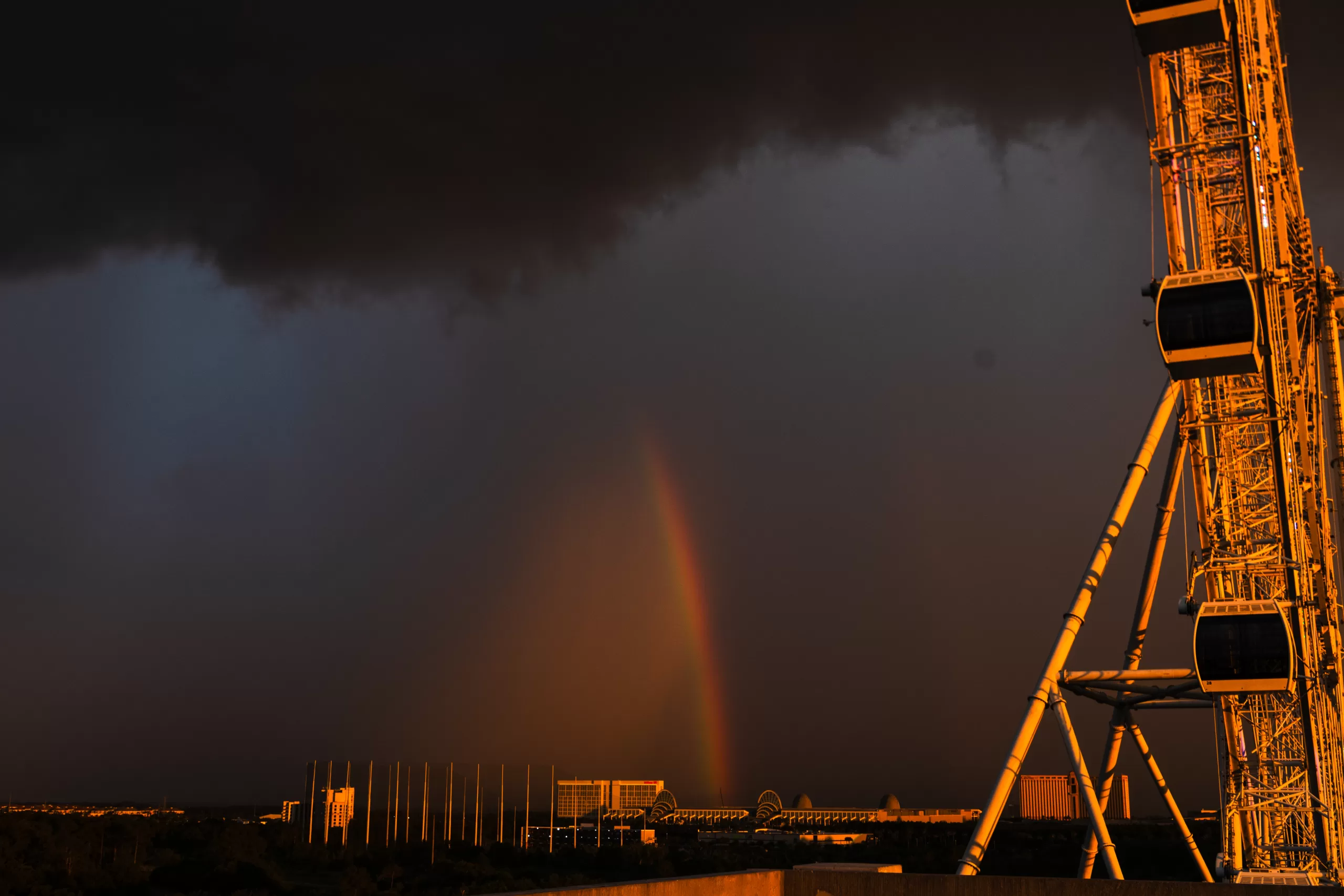
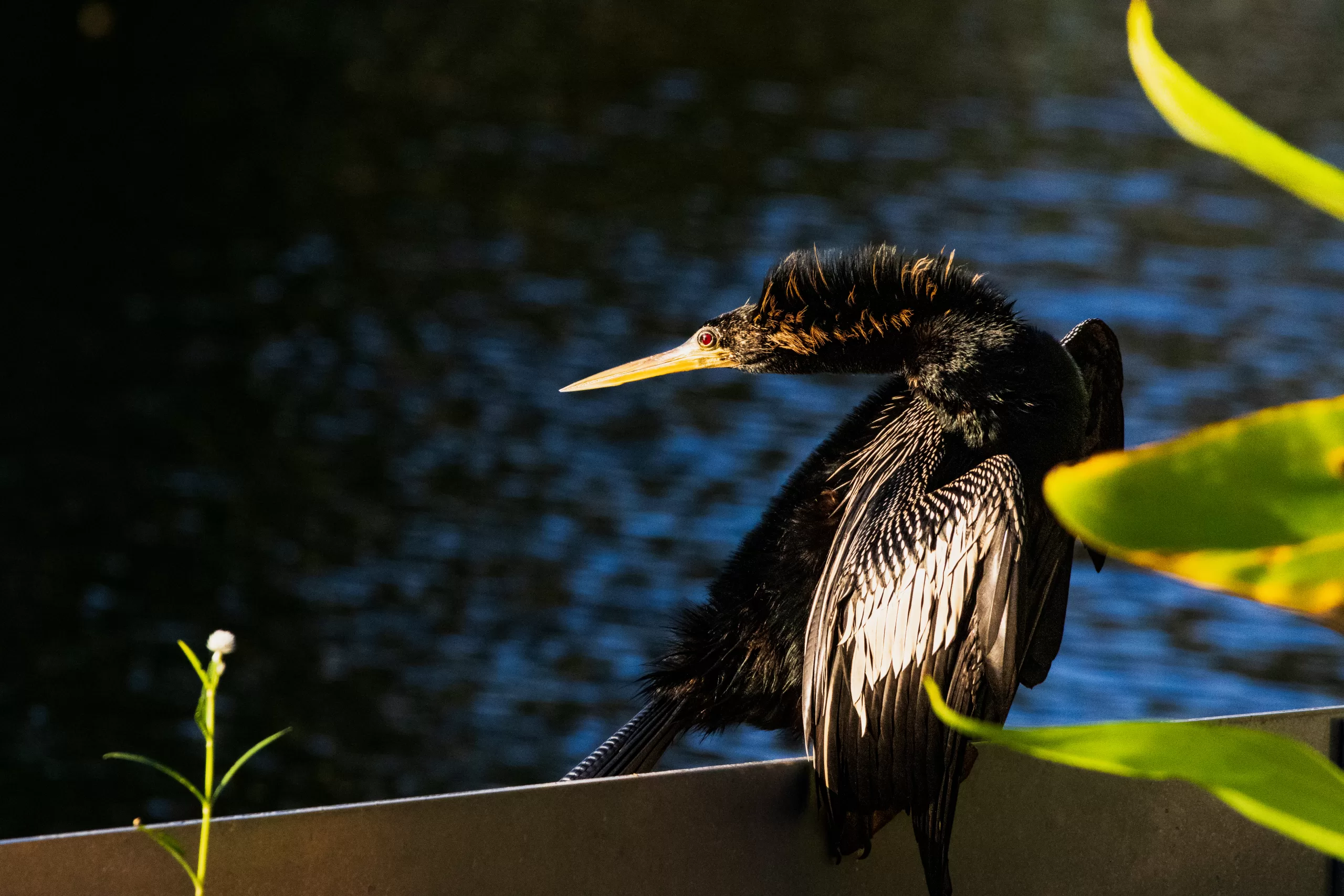
Mirrorless Cameras: The Not-So-Perfect Side
Of course, mirrorless cameras aren’t all sunshine and rainbows:
- Bulkier Than Your Pocket: Let’s face it, mirrorless cameras aren’t as pocketable as smartphones. They’re heavier and require carrying extra lenses, which can be a hassle, especially when you’re on the move. Carrying your gear everywhere is not exactly a feasible option at times.
- Learning Curve: All those dials and buttons can be intimidating for beginners. Mastering manual controls takes time and practice, unlike the simple point-and-shoot nature of smartphone cameras. It will take time to learn how to instinctively choose your settings for each situation. There will be days you come home and not have the shots you thought you had. However once you do learn it is a very rewarding experience.
- Pricey Investment: Mirrorless cameras and their accompanying lenses can be expensive. Be prepared to invest in a good system if you want to take full advantage of their capabilities. I try to find the best possible gear on a budget, but even budget gear is expensive. Photography is not a cheap hobby. The good here is stuff lasts a long time. Camera tech is not as unforgiving as other tech sectors here investing on good lenses can be something you enjoy for a long time even with newer camera bodies. Likewise there are older kit pieces out there that are still of value that work with newer gear.
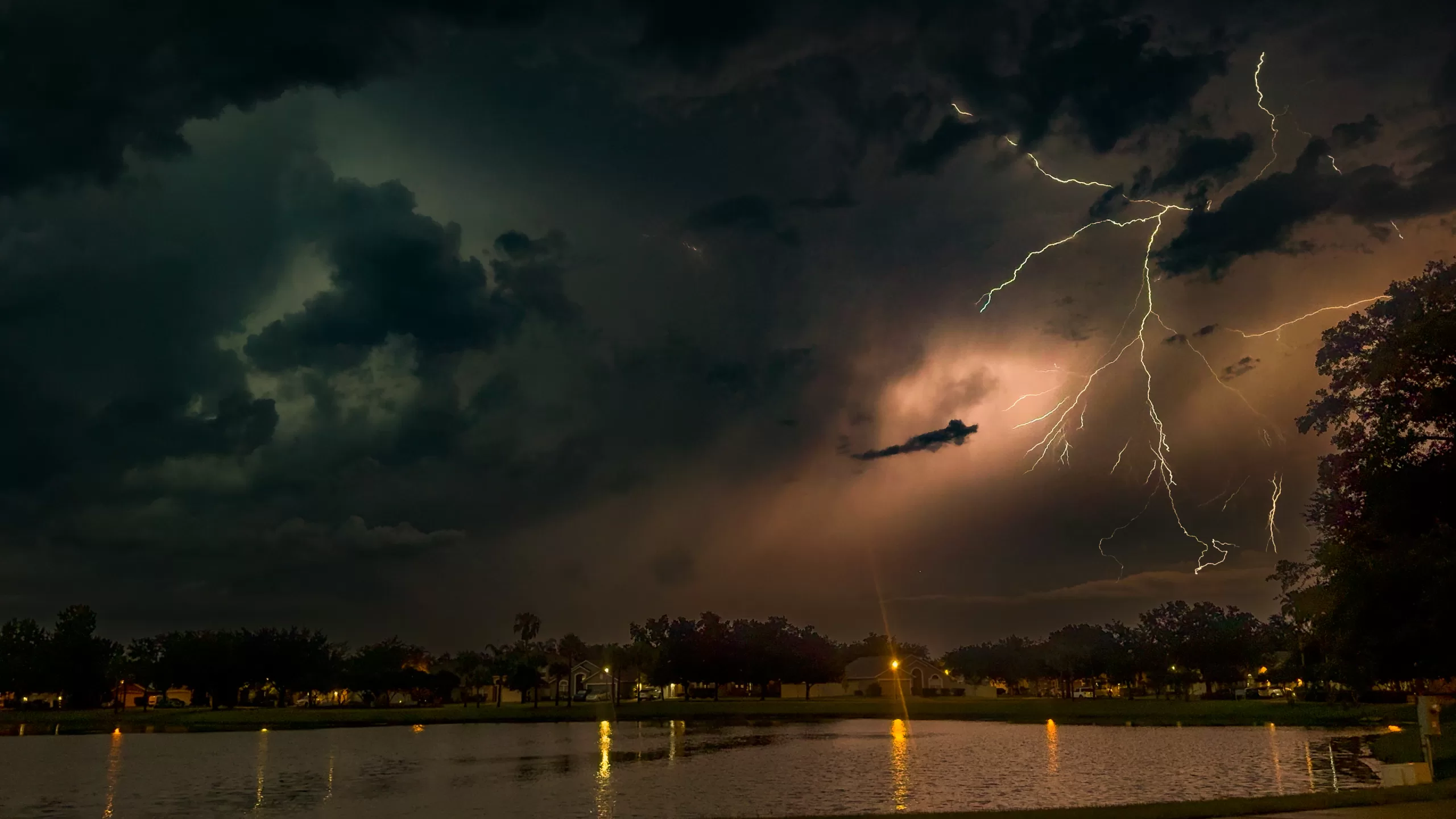
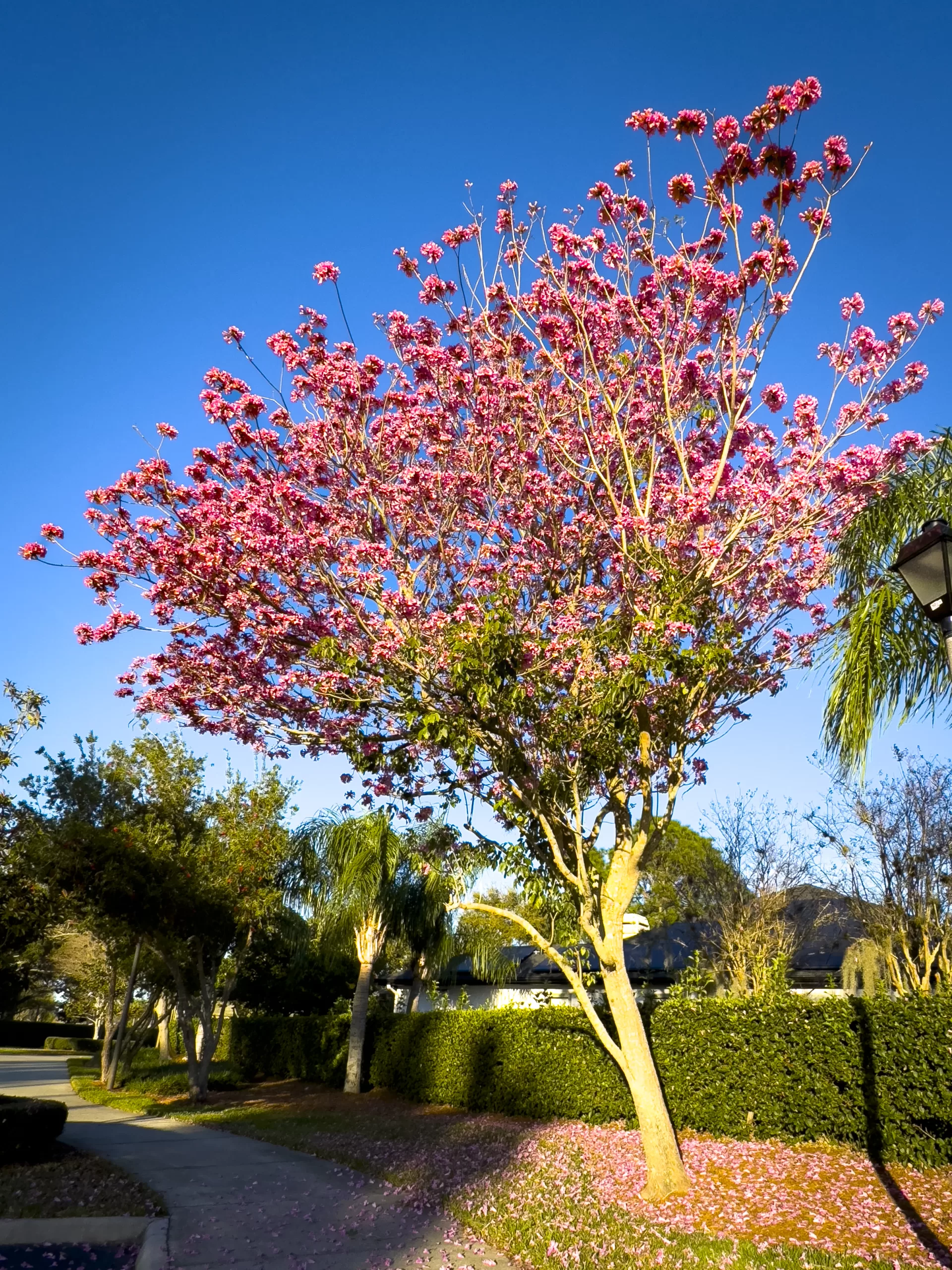

Smartphones: The Convenient and Capable Contender
While mirrorless cameras offer superior performance, smartphones have their own set of advantages:
- Always Ready for the Shot: Your smartphone is your constant companion, ready to capture those unexpected moments, whether it’s a playful otter or a sudden lightning flash. You’ll never miss a shot due to not having your camera on hand.
- Simplicity at Its Finest: Smartphone cameras are incredibly user-friendly, with automatic settings that handle most of the technical aspects for you. This makes them perfect for beginners or anyone who wants to capture memories without fussing over settings.
- Technological Leaps and Bounds: Smartphone cameras keep getting better with every new model. Features like Night Mode on the iPhone 15 Pro Max are closing the gap in low-light performance, making them surprisingly capable for night photography.
- Instant Sharing: Snap a photo of a colorful bird, and share it instantly with your friends and family on social media. Smartphones make it easy to document your adventures in real time.
- The All-in-One Wonder: Your smartphone isn’t just a camera; it’s your GPS, communication device, and more. It’s a one-stop shop for capturing and sharing your adventures.

Smartphone Limitations: Where They Fall Short
Smartphones do have their limitations when it comes to photography:
- Limited Manual Control: While smartphone cameras offer some level of manual control, they don’t provide the same depth and flexibility as mirrorless cameras. You might struggle to capture fast-moving subjects or fine-tune settings in challenging lighting conditions. There are pro level camera apps available on the app store for iOS and Android which help somewhat close this gap. But for certain situations like bird photography for example, the phones are just not there yet with the necessary level of controls for you to get the results you want.
- Smaller Sensors = Less Detail: Smartphone sensors are physically smaller than those in mirrorless cameras, meaning they capture less light and detail. This is especially noticeable in low-light situations or when zooming in on your photos. Features like night mode have vastly improved this performance but here the mirrorless, specially a full sensor like a Canon R5 would be best.
- Fixed Lenses: The fixed lenses on smartphones restrict your creativity. You can’t switch to a telephoto lens to capture distant wildlife or a macro lens for close-up details of a flower. On pro phones like the iPhone 15 Pro and the Samsung S24 Ultra you do however have more lens range options than ever before which is a very nice trend. You get really great zoom on both of these devices not to mention the wide and ultra wide angle options as well. So this is improving on the smartphone side. Both of those devices also have a decent macro photography function for small up close detailed captures.
- Battery Woes: Heavy camera use can drain your smartphone’s battery quickly, leaving you with a dead phone when you need it most. Again this will more depend on the model of the device you are using the current generation is really good, but you’ll still want to keep a portable power source handy.
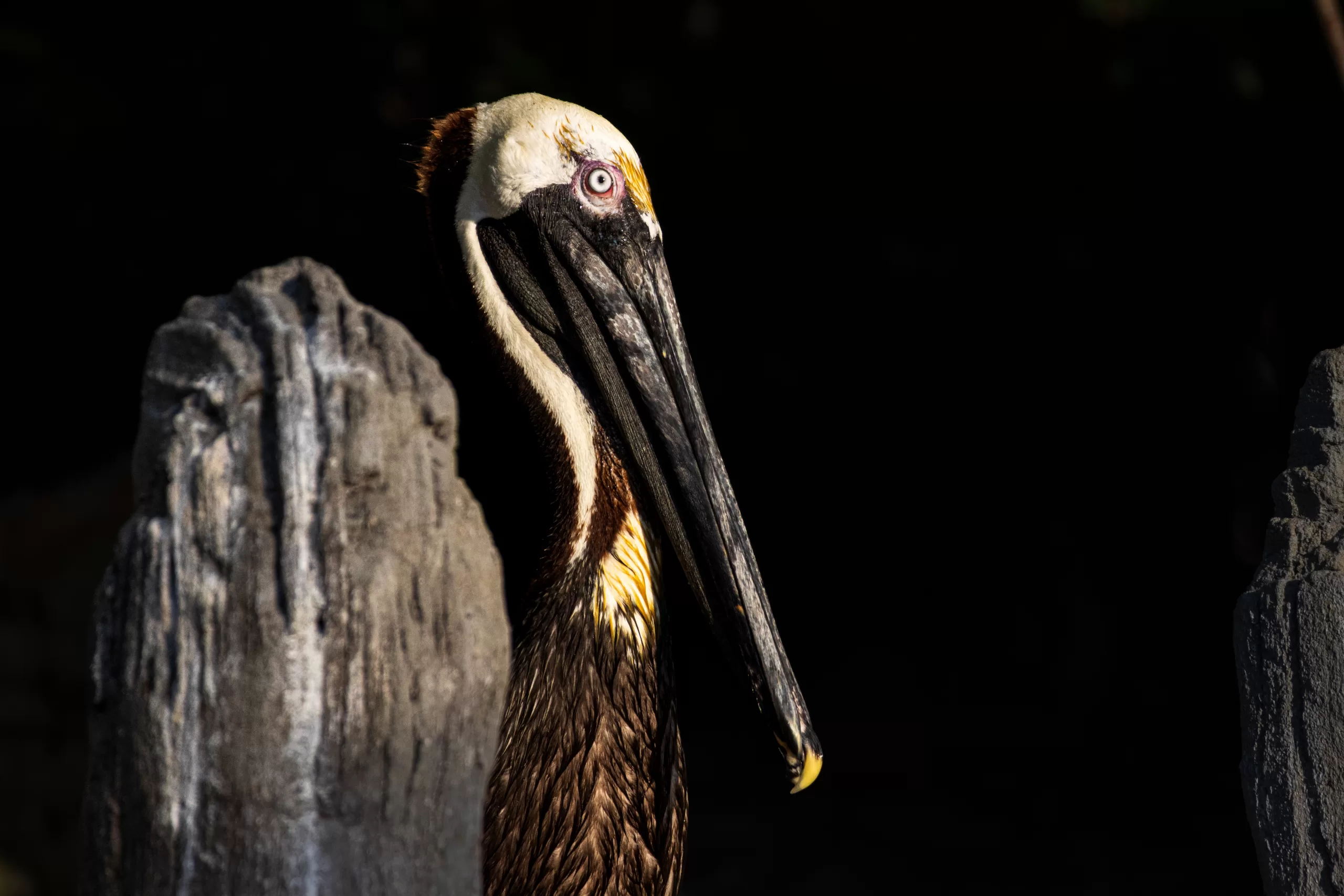

Choosing Your Champion: Mirrorless vs. Smartphone
The best camera for you depends on your specific needs and priorities:
- Wildlife Photography: If you’re serious about capturing detailed photos of animals in their natural habitat, a mirrorless camera like the Canon R7 with a telephoto lens is the way to go. The superior image quality and manual controls will give you a significant edge. I have tested this scenario repeatedly over the last year and here the R7 is king.
- Lightning Photography: For capturing the drama and power of lightning storms, a mirrorless camera is essential. Its manual controls allow you to fine-tune your settings for long exposure shots, and its larger sensor delivers better image quality in low-light conditions. That said a smartphone can get you incredible videos of lightning that you can get full 4k frames from if you want to get high quality stills. Also the wide and ultra wide angle lenses available on the iPhone 15 Pro and the Samsung S24 if you use the pro resolution options can get you stunning images of approaching storms and landscapes. Here I feel the phones can actually at times, dare I say, be even the better tool in certain situations.
- Casual Snapshots and Travel Photography: If you prioritize convenience and portability, a high-end smartphone like the iPhone 15 Pro Max is an excellent choice. It’s always in your pocket, ready to capture everyday moments and travel memories. Street photography, travel photos, quick portraits, not to mention the phones now record amazing video. I mean the iPhone 15 pro can even record pro-res 4k if you really want more control over post processing, you can even record to an external hard-drive. However I feel the standard Dolby Vision HDR 4k option already produces amazing results specially when you consider this is a smartphone. In certain situations where I don’t need a specialty lens the video from the iPhone can look just as stunning as the Canon.
- Budget-Conscious Beginners: If you’re just starting your photography journey, a smartphone is a great way to learn the basics and experiment with different styles without breaking the bank. There is a lot you can do with these tools now. Photography used to be just a novelty add on but the smartphones of today specially the ones with the pro photography features have become a serious very usable medium to create amazing, stunning, beautiful photo and video content.
Remember, the best camera is the one you have with you and great photography is more about creativity and vision than the gear itself. Both mirrorless cameras and smartphones have their place in the world of photography. Choose the tool that best fits your needs and shooting style, and most importantly, have fun capturing the world through your lens!
